As women navigate the journey of menopause, many notice that familiar foods don’t sit the way they once did. A menopause diet, tailored to support the body during this transition, can often make a significant difference as hormonal changes may increase sensitivity to certain foods. For some, going gluten-free and dairy-free can ease symptoms and support overall well-being. Let’s dive into the benefits and key tips for a menopause-friendly diet that’s both gluten-free and dairy-free.
Why Gluten-Free and Dairy-Free?
1. Reduces Inflammation
Menopause can increase inflammation in the body due to fluctuating estrogen levels. A menopause diet that eliminates gluten and dairy can be especially helpful, as these foods are common inflammation triggers for many women. This can exacerbate joint pain, bloating, or brain fog. Cutting them out often helps the body calm down, making daily life feel more manageable.
2. Supports Hormonal Balance
The liver and gut play a big role in processing and eliminating hormones. Dairy and gluten can strain these organs, especially if there’s a sensitivity or intolerance. By eliminating them, we allow these essential systems to work more efficiently, which can have a ripple effect on mood stability, weight management, and even energy levels.
3. Eases Digestion
Bloating, gas, and digestive discomfort often increase during menopause, and gluten and dairy are frequently at the center of these issues. A gluten-free, dairy-free diet reduces gut irritation, allowing for smoother digestion and a flatter, more comfortable belly.
Sources: Michelle Fox & Eve Biology
Key Tips for an Effective Menopause Diet
1. Embrace Whole Foods
A menopause diet focused on building your meals around whole foods—like fresh vegetables, fruits, lean proteins, and healthy fats—offers the best nutrition while avoiding hidden gluten or dairy in processed foods. Think of colorful plates with a variety of textures and flavors. Not only are they pleasing to look at, but they’re also packed with vitamins, minerals, and fiber, making them a perfect choice for supporting your body during menopause.
2. Boost Fiber Intake
During menopause, fiber becomes even more crucial. It helps stabilize blood sugar, supports heart health, and aids in digestion. Foods like chia seeds, flaxseeds, leafy greens, and beans are gluten-free, dairy-free sources of fiber that are also nutrient-dense.
Source: Mayo Clinic
3. Focus on Healthy Fats
Omega-3 fatty acids are wonderful for mood, joint health, and hormone production. Include sources like walnuts, chia seeds, and salmon in your meals. These healthy fats are not only satisfying but also play a role in reducing inflammation, which is a huge benefit as we age.
4. Include Calcium-Rich Alternatives
When you cut out dairy, calcium-rich foods become essential. Almonds, kale, chia seeds, and fortified plant-based milks are fantastic options. Maintaining bone health is especially important during and after menopause, so don’t forget to get adequate Vitamin D, too, to help with calcium absorption.
5. Hydrate, Hydrate, Hydrate
Staying hydrated can help manage hot flashes and improve skin elasticity. Water is, of course, the best choice, but herbal teas and water-infused with cucumber or lemon can add some variety to your daily intake. Aim to drink throughout the day rather than all at once.
Sample: Menopause-Friendly Meals
Here are a few meal ideas to help you get started:
- Breakfast: Chia pudding with almond milk, topped with fresh berries and a sprinkle of flaxseed.
- Lunch: Salad with mixed greens, avocado, grilled salmon, cherry tomatoes, and a drizzle of olive oil and lemon.
- Snack: Handful of almonds and a small apple.
- Dinner: Stir-fried veggies with tofu or chickpeas over a bed of quinoa, seasoned with turmeric and ginger for an anti-inflammatory kick.
Final Thoughts
Going gluten-free and dairy-free may feel like a big shift, but remember, it’s not about restriction—it’s about discovering what fuels your body best. It’s a journey of trying new foods and seeing how your body responds. Whether it’s reducing hot flashes, alleviating bloating, or stabilizing mood, a menopause-friendly diet can be a powerful tool in feeling your best.
If you’re curious about diving deeper into this approach, reach out! I’d love to help you on your path to a more vibrant menopause journey. 🌱
P.S. Below, I highlighted my top 4 favorite gluten-free and dairy-free recipes, PLUS my FREE E-book; Quick & Easy Metabolism Boosting Recipes that you can incorporate to your menopause diet!
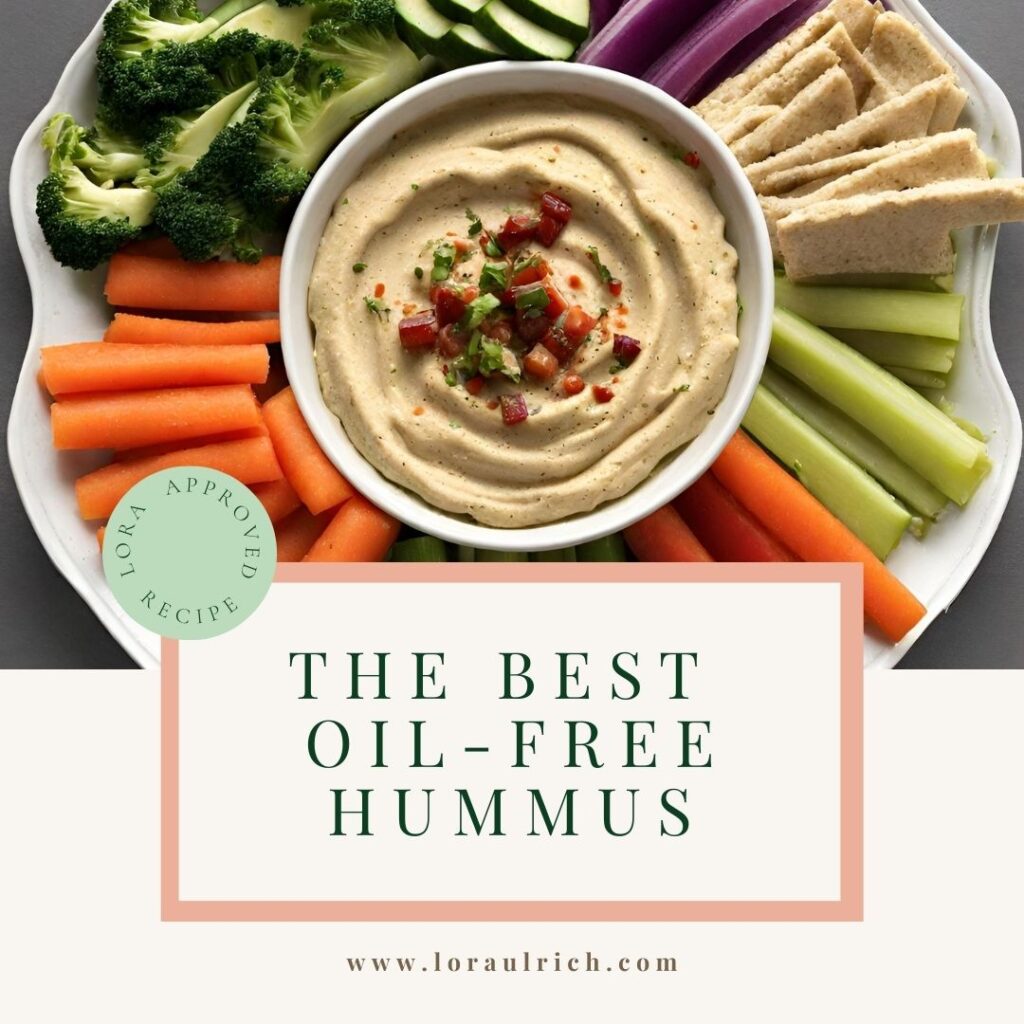
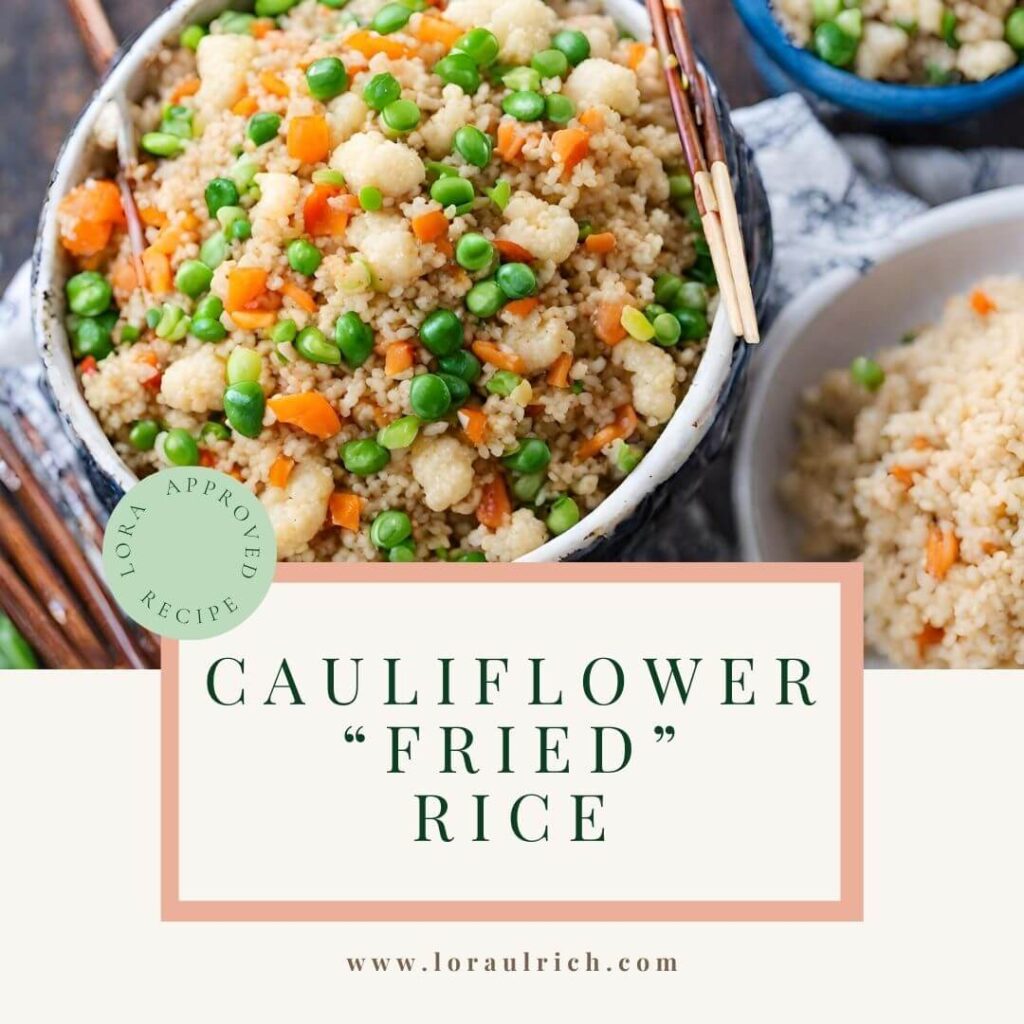
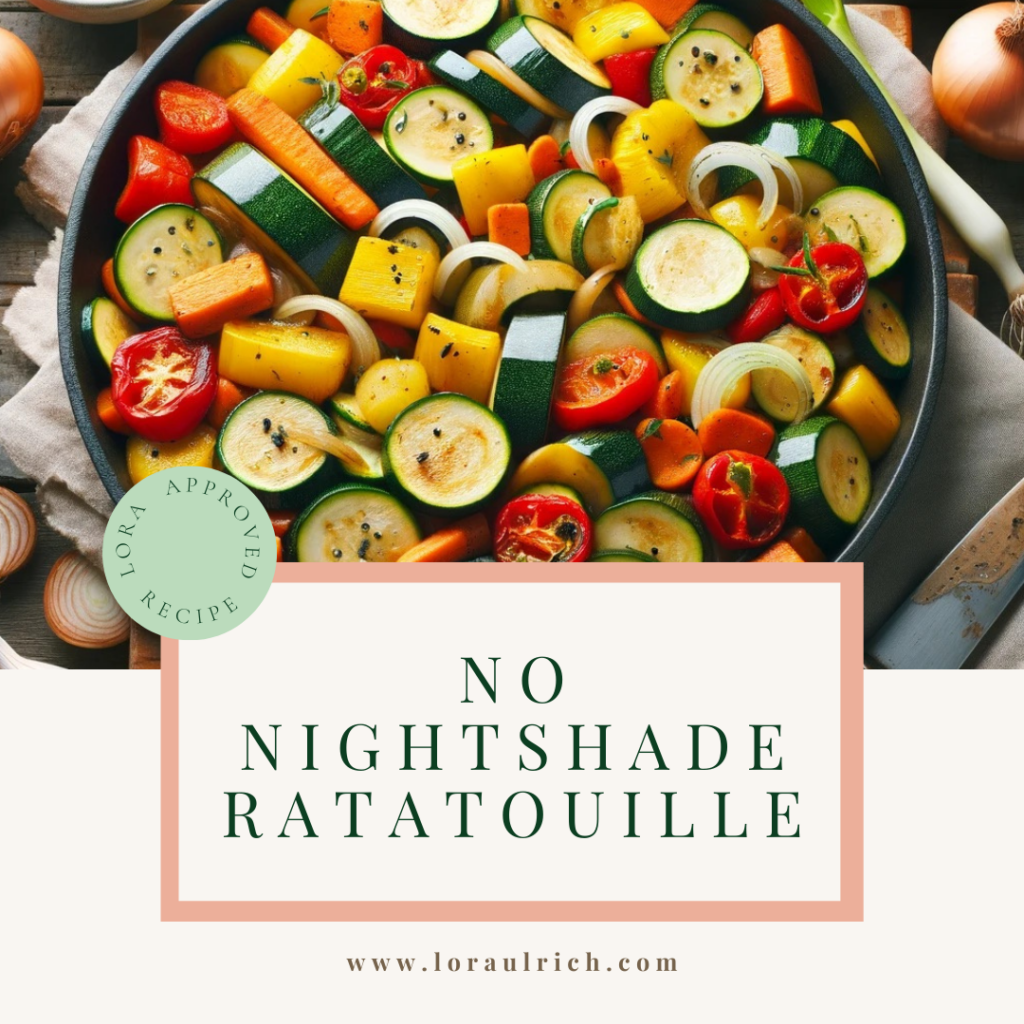
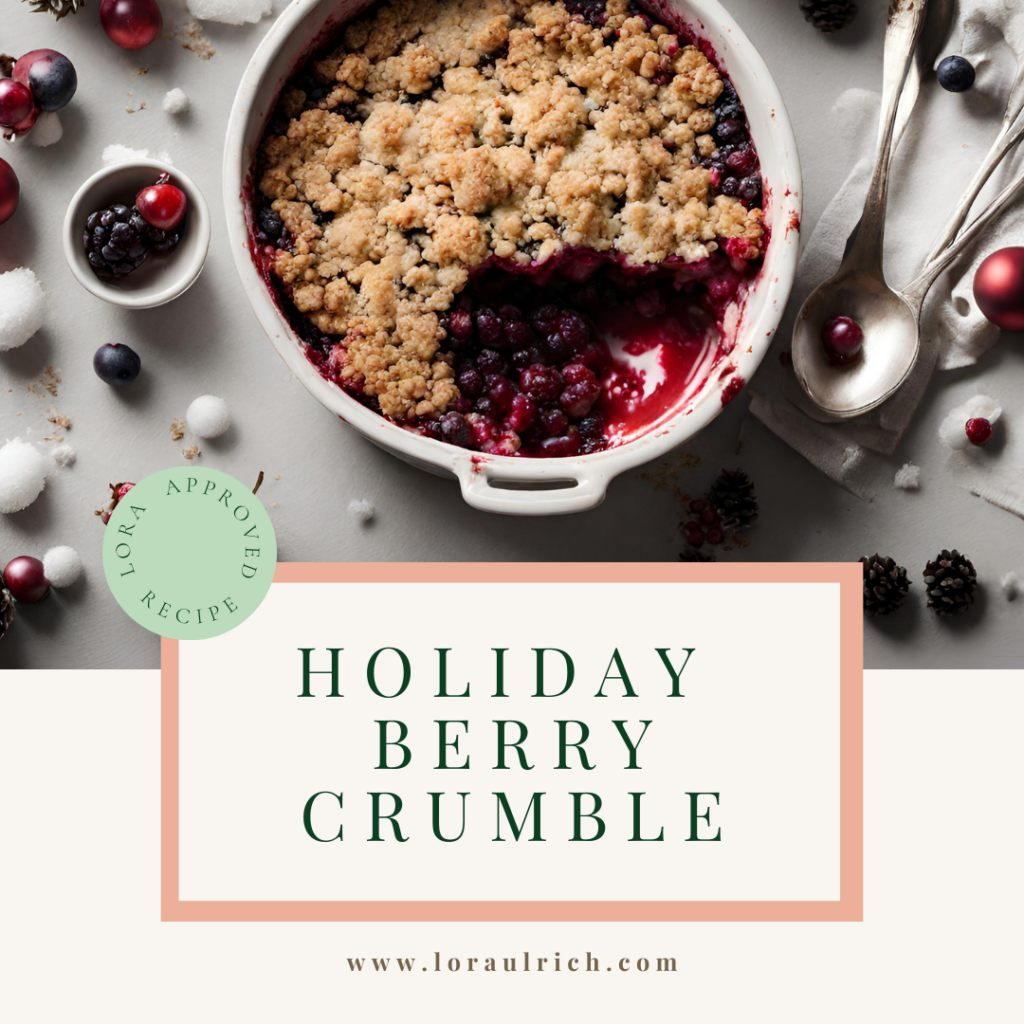
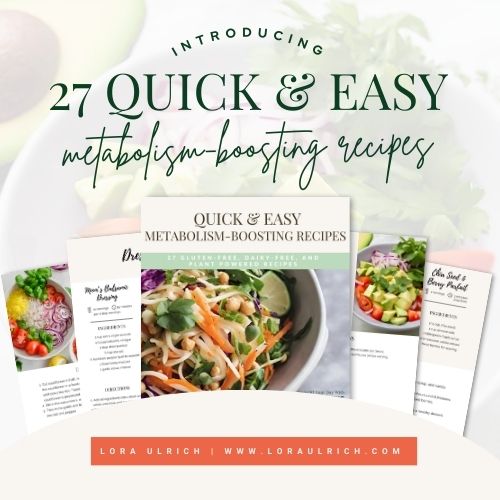
+ show Comments
- Hide Comments
add a comment